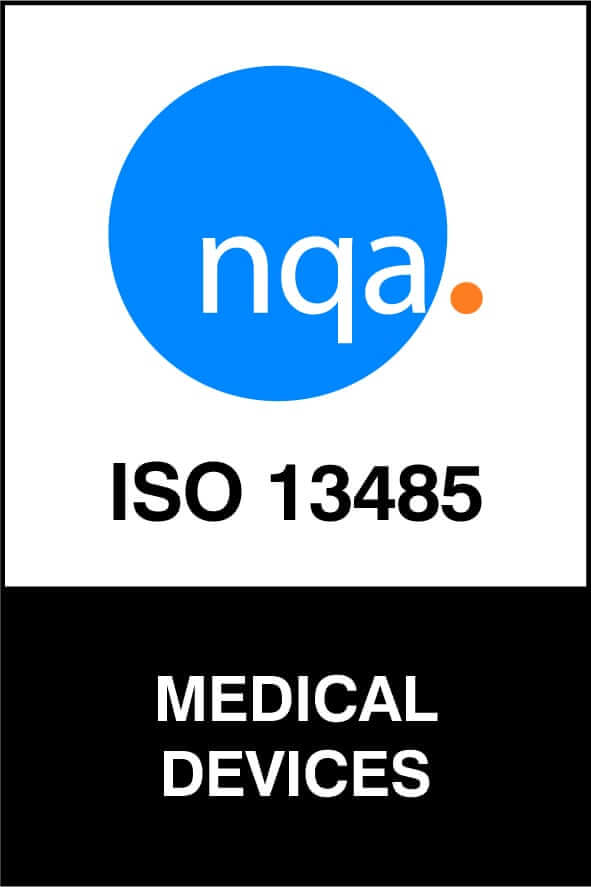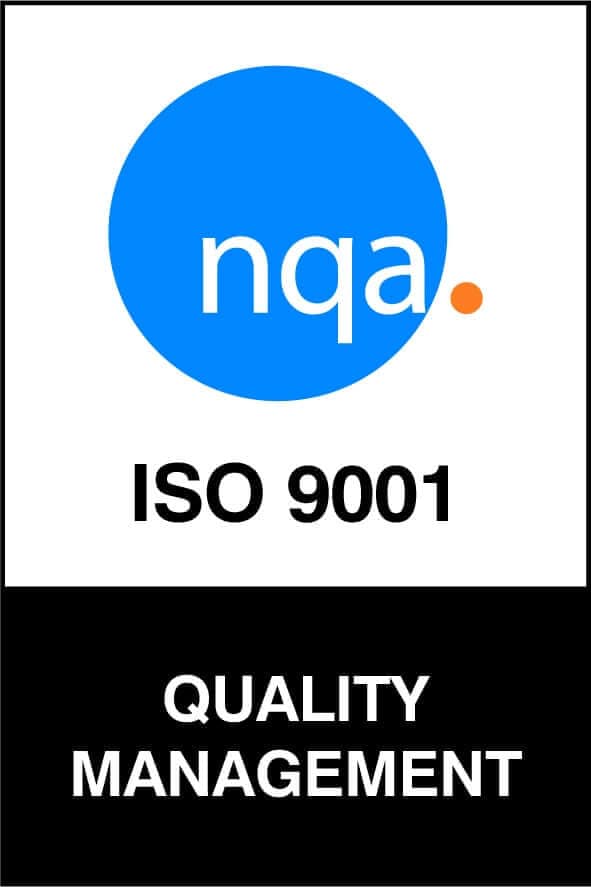Transfer Molding – Made in the USA
Jefferson Rubber is a USA manufacturer of transfer molding.
Transfer molding is a simplified method of injection molding providing many of the benefits of both injection and compression molding. It facilitates the creation of small, detailed parts as well as providing elevated levels of control. Cycle times are typically longer than for injection molding, but the costing can still be incredibly competitive as it has a shorter cure time due to the material being heated before reaching the mold.
Transfer molding is best suited to low to medium volume production of small to medium sized parts. It is a flexible solution offering the ability to produce intricate-shaped products and allows for the addition of colored and translucent compounds. It was developed to allow for the creation of molded products that require narrow holes or metal inserts. Because the mold is closed prior to the material entering, the amount of shift is limited.
The Process
Closed rubber molding offers ease of use, similar to compression molding as well as some of the technical advantages of injection molding. Like compression molding, the material is weighed out into a pre-form in advance, but in this case, the pre-form is placed into a transfer pot instead of directly into the cavity of the mold.
The material is then heated, and when the ram is closed the heated material is “transferred” into the cavities of the mold through a runner and gate system similar to that of an injection process. The part is then held under pressure and temperature until it is fully cured, after which the part is removed from the mold and separated from the pad.
Using Transfer Molding
Advantages
Since the pot can feed many cavities simultaneously, transfer molding is more labor efficient than compression molding, which reduces both cycle time and costs. Additionally, transfer systems are typically not as complicated as injection systems, which also keeps tooling costs comparatively low.
Since transfer molding is a closed system, it allows for more complex part geometries, is well suited to applications that require bonding to metal and allows for better material and quality control when compared to compression molding ensuring that all parts are uniform.
It is quick to set up the molds, and there is less flash than compression molding because the cavity plates are closed. In the case of multi-cavity tools, the cost of labor is lower than compression molding as only one pre-form is needed.
Disadvantages
Transfer molding has a higher degree of material waste than injection molding because the excess material that forms the pad is cured and needs to be discarded at the end of the cycle and there is some material degradation that is generated.
Limitations in terms of materials include the inability to process high durometer materials, the requirement of a pre-form (pre-measured amounts of material), and the transfer molding is not well-suited for the use of filled materials.
Labor costs are higher than with injection molding, and the press, tooling and additional equipment mean that the initial investment cost is higher than for compression molding.
Wear and tear mean that tool maintenance costs are generally higher than for compression molding, and while cavity wear is less than that of injection molding, gates and runners are subject to erosion.
Applications
Rubber transfer molding can be used to produce a variety of products that are molded with ceramic or metallic inserts which are placed in the cavity of the mold and when the rubber is heated it bonds with the insert surface. The process is also used widely to encapsulate other items such as plugs, connectors, pins, coils, studs, and integrated circuits.
In the natural gas industry transfer molding is used to create metal-to-rubber face seals for gas valves. Electrical applications include products such as spark plug wires where wires are inserted into the mold cavity, and connector seals are molded around the wire.
In the hydraulic industry, transfer molding is routinely used for lip or U-cup designs as the process allows for sharper cut-offs. A better-defined lip edge ensures sharp lip seals and nearly flash-free parts.
If you are looking for a transfer molding manufacturer in the United States, call us today.





